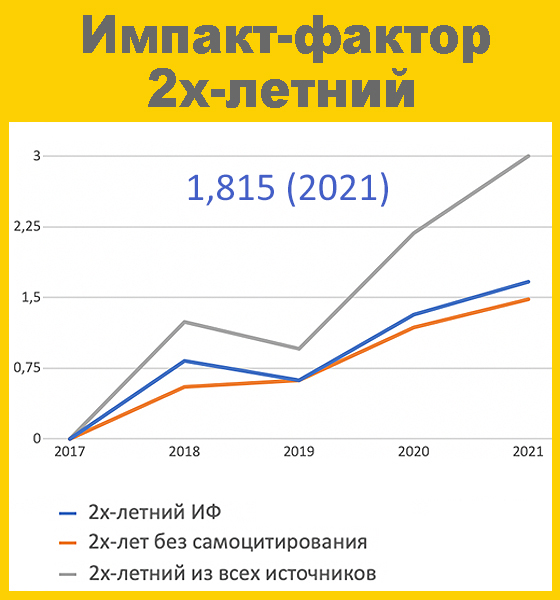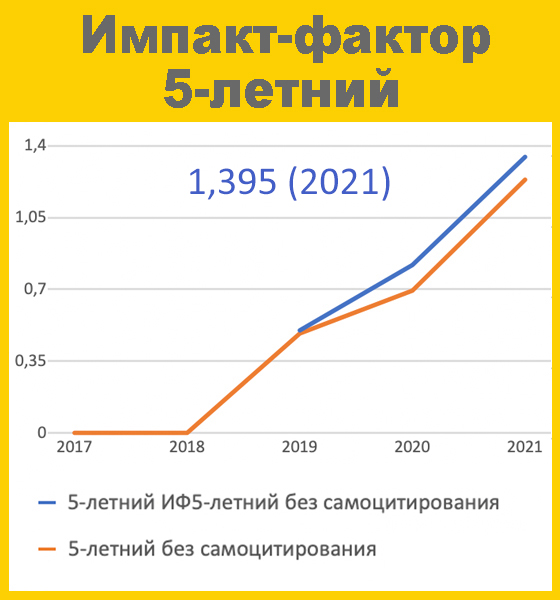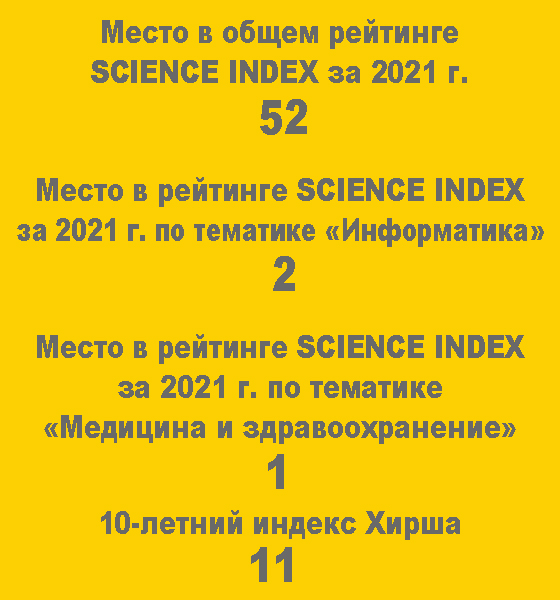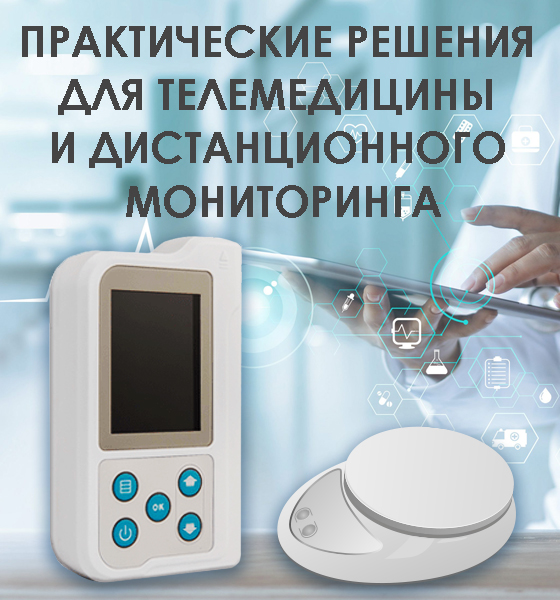Experience of hospital tele-ECG during the COVID-19 pandemic DOI: 10.29188/2542-2413-2021-7-1-35-38
- Semenova V.V. – PhD, MD, Head. department of functional diagnostics of the State Budgetary Healthcare Institution of the Republic of Bashkortostan Republican Clinical Hospital No. 2; Ufa, Russia
- Khasbiev S.A. – PhD, MD, Associate Professor of the Department of Health Organization and Public Health, IDPO BSMU, Deputy Chief Physician for the Medical Department of the State Budgetary Healthcare Institution of the Republic of Bashkortostan Republican Clinical Hospital No. 2; Ufa, Russia
 2641
2641 Introduction. The COVID-19 pandemia has necessitated the concentration of health care resources, the establishment of infectious disease hospitals and strict adherence to infection control measures. The role of telemedicine technologies for ensuring the avail- ability and quality of primary and specialized care has significantly increased.
Objective. To systematize the experience of application and determine the ways for the further development of the hospital tele- ECG system (in emergencies also).
Materials and methods. The tele-ECG system was deploy in the COVID-19 hospital from June to December 2020 It was consisted from four electrocardiographs (in "red" zone) and two workstations in the functional diagnostics department (in "clean" zone). Meth- ods of analytical research methods were use.
Results and discussion. From June to December 2020, 1606 ECGs were registered and interpreted remotely. The tele-ECG eliminated the need to remove devices, consumables and medical documents from the "red" zone. The conclusion after the de- scription and the results of the study are digitally enter into the patient health records. The system ensured the efficiency of de- scriptions due to the active distribution of the task queue. Diagnostic tasks were effectively solve (including analysis and control of QT and QTc in patients receiving drugs that prolong the mentioned interval).
Conclusions. The hospital tele-ECG system was successfully implemented, which ensured the high quality and timely conduct of 1606 ECG studies in the COVID-19 hospital. The system allowed to flexibly adapt to new conditions, evenly distribute the workload between doctors, and ensured the operational participation of doctors in the hospital workflows.
| Attachment | Size |
|---|---|
| Download | 215.55 KB |

















































